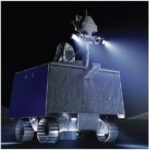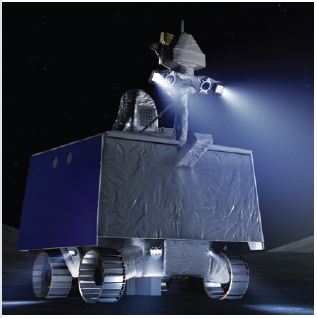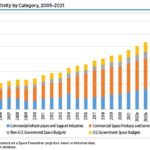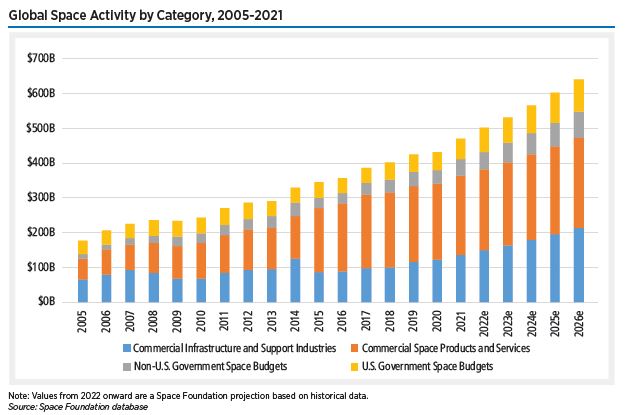2023
Budget Gridlock Delays Spending on New U.S. Space Programs


Congressional gridlock delayed a 2023 spending plan for U.S. government space programs, which have made up about 12 percent of the global space economy in recent years. The delay stalled budget increases for NASA and the Pentagon topping $6 billion, but a stopgap measure keeps agencies operating at 2022 spending levels.
Global Space Activity by Category, 2005-2021


For this year’s analysis, Space Foundation incorporated historical data and 2022 government spending to project the global space economy’s growth over the next five years. Using our methodology, we predict that the total could reach $639 billion by 2026. Our modeling takes a more conservative approach based on average growth of established sectors and does not factor in developing sectors such as lunar habitation or still exploratory concepts such as asteroid mining.
- « Previous
- 1
- …
- 13
- 14
- 15